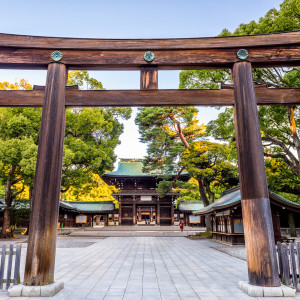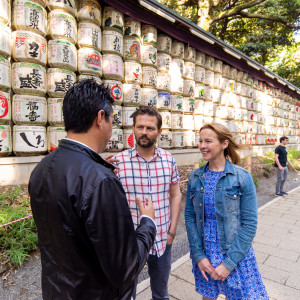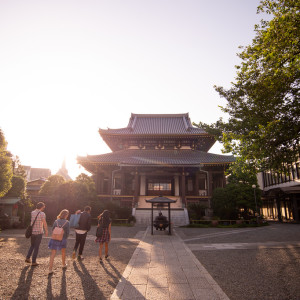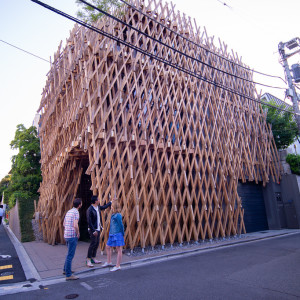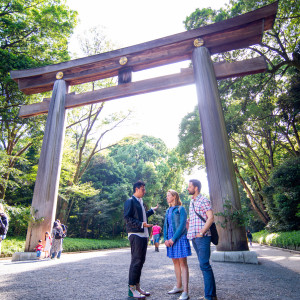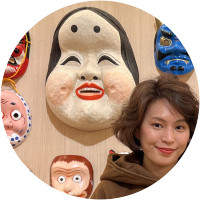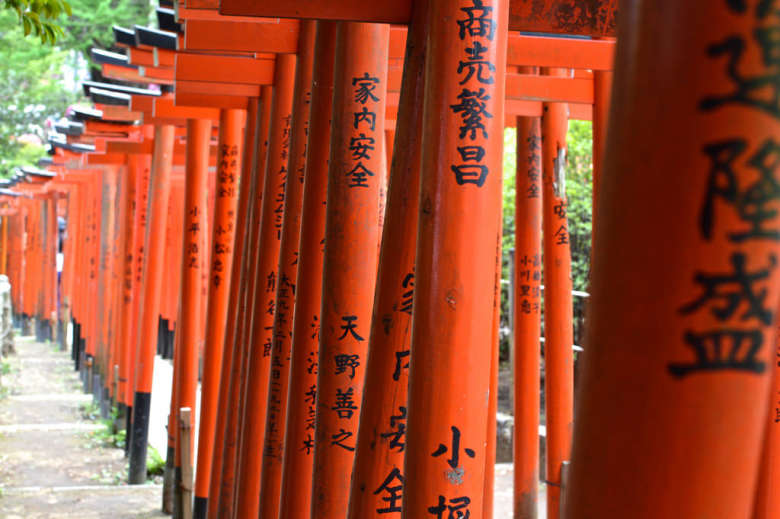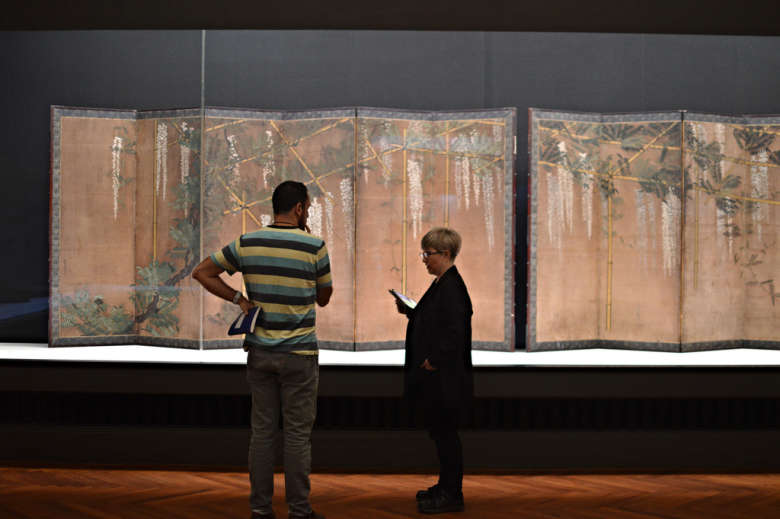Tour Details
- Duration
- 3 hours
- Product Type
- Tour
- Venues
-
- Meji Jingu Shrine
- Harajuku
- Omotesando
Select a date
Tour Description
This three-hour tour is designed to provide a perfect introduction to Tokyo for first-timers or to reorient returning travelers to the aesthetics of the Japanese capital. Join a local architect or design writer to explore the districts of Harajuku and Omotesando, looking not only at buildings and architectural design but also at the underlying aesthetic principles that inform Japanese design. Through our examination, we'll develop a more nuanced appreciation of Japanese art, architecture, and culture as a whole.
Meiji Jingu presents an ideal starting point for our tour of Tokyo, both for the time period it represents and as an example of traditional Japanese design. At this Shinto shrine, dedicated to 19th-century ruler Emperor Meiji, we’ll discuss how traditional aesthetics are the foundation for the modern and contemporary design that followed. (For a more detailed look at the Meiji, take a look at our Tokyo National Museum Tour).
Next, we’ll travel to Harajuku and Omotesando, two closely situated areas that represent quite different manifestations of what modernity in Japan means. Our time in Harajuku will allow us to delve into some of the colorful subcultures that Tokyo is known for and to see how one’s exterior reflects principles tied to hobbies, values, and social roles. (We provide a deeper look at Anime and Manga, which will no doubt be on display in Harajuku, on our Otaku Culture Tour). Afterwards, we’ll move through Omotesando, an architectural feast for the eyes, where the main luxury merchants, from Prada to Dior, have used architecture as an extension of their brands’ aesthetic principles.
Depending on the time and our interests we may finish at Kengo Kuma's Nezu Museum, the 21 21 Design Site, Nogizaka’s National Art Center of Tokyo, or even Roppongi Hills, an integrated urban development. By the end of our architecture walking tour of Tokyo, we’ll understand how a distinct design sensibility, aesthetics, and style are displayed across the city, reflecting Japanese history and a unique understanding of what constitutes good design.
Meiji Jingu presents an ideal starting point for our tour of Tokyo, both for the time period it represents and as an example of traditional Japanese design. At this Shinto shrine, dedicated to 19th-century ruler Emperor Meiji, we’ll discuss how traditional aesthetics are the foundation for the modern and contemporary design that followed. (For a more detailed look at the Meiji, take a look at our Tokyo National Museum Tour).
Next, we’ll travel to Harajuku and Omotesando, two closely situated areas that represent quite different manifestations of what modernity in Japan means. Our time in Harajuku will allow us to delve into some of the colorful subcultures that Tokyo is known for and to see how one’s exterior reflects principles tied to hobbies, values, and social roles. (We provide a deeper look at Anime and Manga, which will no doubt be on display in Harajuku, on our Otaku Culture Tour). Afterwards, we’ll move through Omotesando, an architectural feast for the eyes, where the main luxury merchants, from Prada to Dior, have used architecture as an extension of their brands’ aesthetic principles.
Depending on the time and our interests we may finish at Kengo Kuma's Nezu Museum, the 21 21 Design Site, Nogizaka’s National Art Center of Tokyo, or even Roppongi Hills, an integrated urban development. By the end of our architecture walking tour of Tokyo, we’ll understand how a distinct design sensibility, aesthetics, and style are displayed across the city, reflecting Japanese history and a unique understanding of what constitutes good design.
FAQ
What is a private tour?
Our private tours are limited exclusively to travelers in your party. They are designed to provide a learning experience that is completely tailored to you and your traveling companions. Private tours give you more flexibility with scheduling (you decide when the walk best fits in your trip), the ability to tailor your itinerary (we'll work to match the itinerary to the interests and dynamics of your group), and more personalized time with your guide.
Where do we meet? Where does it end?
Generally speaking, the walk begins in the Harajuku neighborhood. Your confirmation email will have the exact meeting point details along with a map. The walk might end at 21_21 Design Museum, or if the group covers a fast pace, Roppongi Hills.
What if it’s raining?
Tours operate rain or shine, but in the case of inclement weather, your guide will modify the tour so more time is spent indoors. It never hurts to have an umbrella on hand.
Is this a walking intensive tour?
This walk covers about 2.5 miles overall at a moderate pace. There are occasional opportunities to sit, use the bathroom, and get something to drink if needed.
Is it okay to tip my guide in Japan?
Context clients generally tip anywhere from 10-25% of the purchase price of a personal service such as this, depending on the quality of the experience and their tipping habits.
Experts
Where You'll Start
–
341 Reviews
Reviews can only be left by Context customers after they have completed a tour. For more information about our reviews, please see our FAQ.
I learned more in a few hours with Stewart—about the history of Japan, culture, architecture and religion—than I had ever learned in a lifetime up until the tour. Stewart exudes a passion for Japan and for its architectural history. He drew our attention to details and helped us see the patterns that show up around the city, from religious buildings to modern retail. His passion was contagious: we came away inspired and so grateful to have walked the city with him.
Tom
Dec 29, 2024
Miko was informative, attentive, and conversational. She answered all our questions and we really enjoyed learning about the Shrine and buildings around Shibuya.
Terri
Dec 27, 2024
Awesome tour! Jeff is incredibly knowledgeable and friendly. He tapered the tour to our interests and was always ready to answer questions. We saw and learned so much more than if we had done this on our own! Highly recommended!
Marc
Dec 26, 2024
